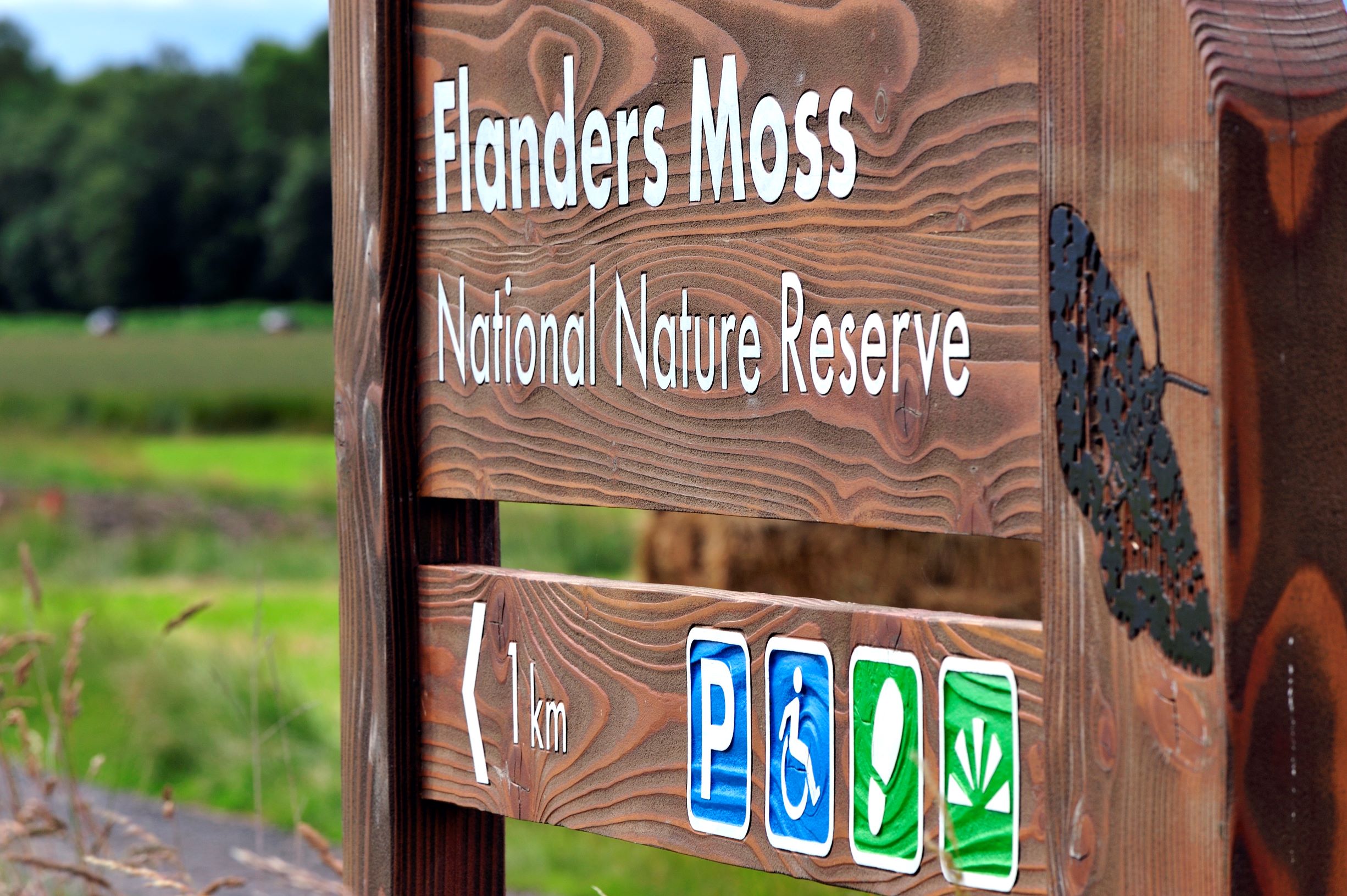Peatland restoration has become a hot topic, underlined by the Scottish Government’s announcement in 2020 to allocate £250 million to the initiative over 10 years.
There are many benefits in restoring peatlands, mainly the sequestration of greenhouse gases to provide a strong, nature-based solution to biodiversity loss and the climate crisis, whilst also helping Scotland in its transition to carbon net-zero. But the benefits aren’t limited to the environment, the restoration process also supports the rural economy through the creation and development of land-based jobs and skills, as well as bringing communities together.
Despite the recent push, the restoration of peatlands in Scotland has been a significant goal of NatureScot (previously Scottish Natural Heritage). Since 2012, over 25,000 hectares have been put into restoration projects with funding from the Scottish Government.
But to retain focus on these goals, it’s important to assess what advantages are apparent once a restoration project is well underway.
One example of a project that has been in place for many years is Flanders Moss, a nature reserve which has been in a management agreement between Cardross Estate and NatureScot since 1996. With 667.84 hectares of the moss within the ownership of Cardross estate, it is vital that a positive relationship is maintained to ensure the successful management of the reserve and continued conservation.
Located in the west of Stirlingshire, with good access links to Stirling, it lies between two trunk roads: the A873 to the north and the A811 to the south. Bordering the Loch Lomond and The Trossachs National Park, the reserve is a popular tourist attraction.
A National Nature Reserve (NNR), Flanders Moss is the largest lowland raised bog in the UK and an internationally important habitat, extending over three square miles. Each year the reserve is visited by around 8000 people.
Visitors can access the reserve from the carpark on the eastern side of the site, where they can walk the 900m boardwalk or climb the viewing tower to view a patchwork of red, oranges and greens.
NatureScot is currently reviewing the potential of providing new paths on and around the moss, to encourage more footfall and publicity for peatland restoration projects. This would also benefit rural businesses such as cafes and restaurants, which profit from visitors to the area.
The reserve is also interested in encouraging outdoor learning for all ages and looks to support visits for schools, colleges or university groups whenever they can.
NatureScot also carries out ongoing research and survey projects on the reserve and encourages those interested to contact the reserve manager to get involved.
Natural Capital: The expert team of advisers at Galbraith guide our clients in realising value in all land uses – by assessing and measuring natural assets, furthering opportunities in biodiversity net gain, and ensuring stakeholders are rewarded fully for their investment in and contribution to delivering ecosystem services and net-zero outcomes.
